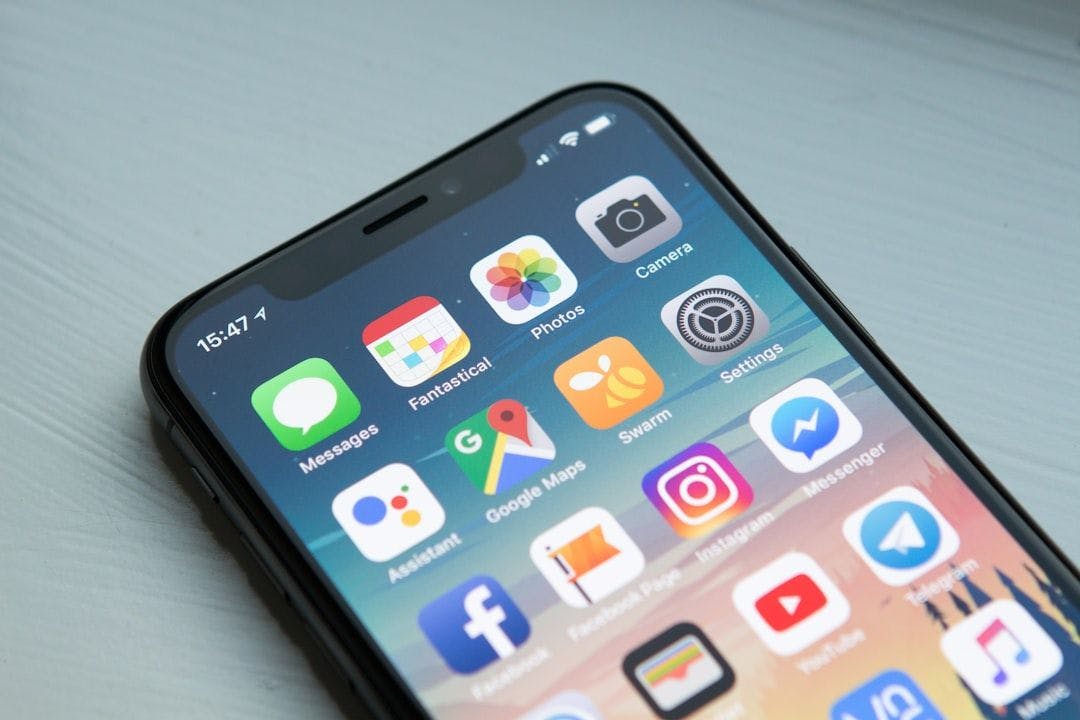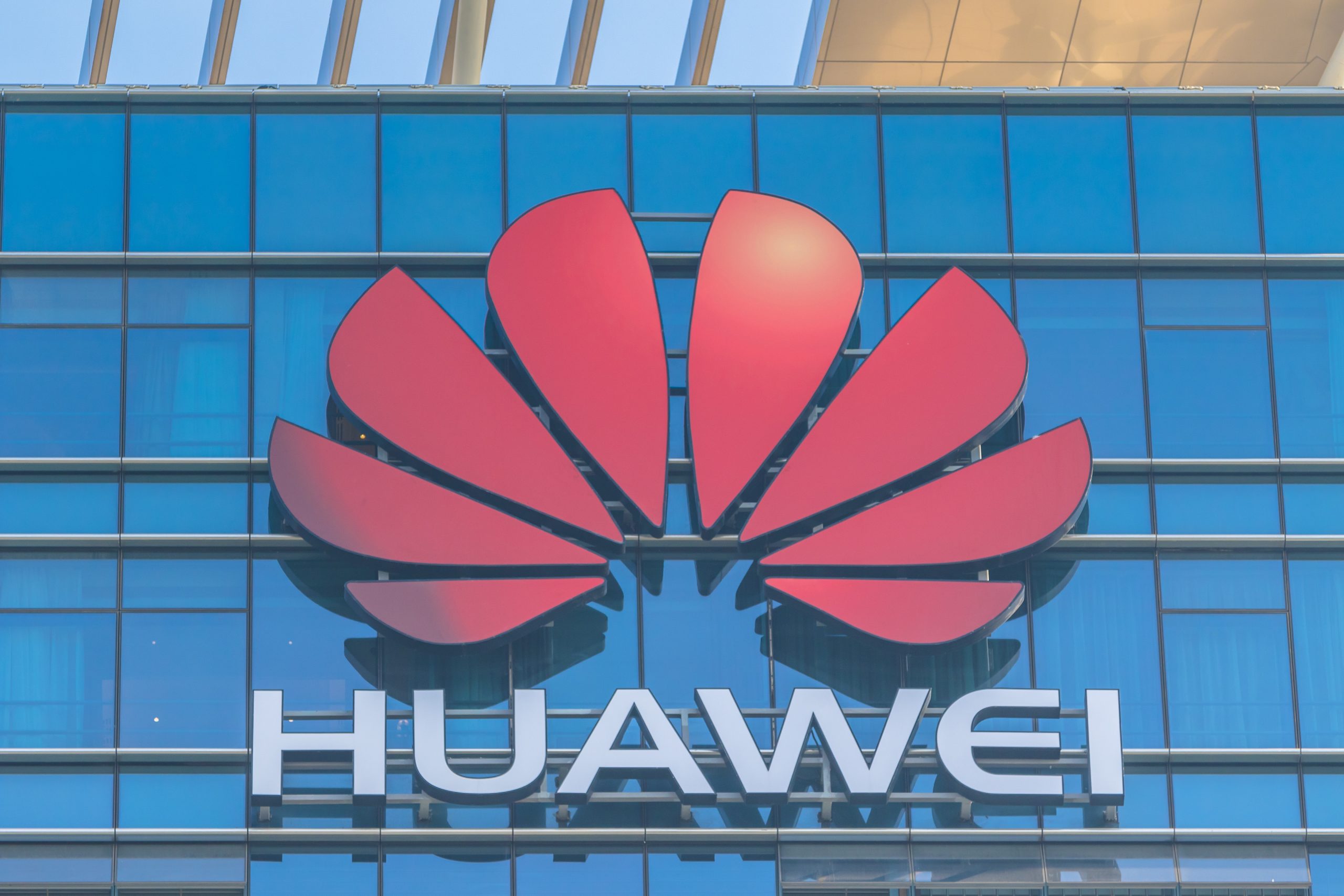Generic email blasts and “you may like this’“ notifications are dead. Modern buyer engagement platforms are shifting to AI-driven hyper-personalization that decides – in real time – who gets a message, what it says, when and where it lands.
This piece unpacks how these systems actually work, the tech behind them, and what results companies are seeing when they stop blasting everyone and start treating each user like a unique customer.
How a Modern Buyer Engagement Platform Works
Picture this: you search for a Gibson Les Paul guitar under $2,000 but don’t buy.
- An hour later: you get a push notification with a few similar guitars and amps.
- The next day: you see a chat message from the platform — the seller dropped the price and you got a personalized code for free delivery.
- This time: you buy.
Behind that seamless experience is a loop powered by AI
- Trigger: Detect intent (you searched, didn’t buy).
- Modeling: ML understands you’re into electric guitars.
- Content: GenAI creates a headline, recommendations, maybe a promo.
- Orchestration: AI ranks competing messages and picks the best one, at the right time and channel.
- Placement: The landing page is already filtered to “Gibson under $2k” with the promo visible.
- Feedback: Your response updates your profile for next time.
This loop — trigger → modeling → content → orchestration → placement → conversion — is the foundation of every serious buyer engagement platform today.
Companies that swap batch-blasts for this loop see huge lifts. Adobe found personalization delivers 1.7× faster revenue growth and 2× higher lifetime value.
Scale, Goals, and Approaches
At scale, engagement is messy. Marketplaces and retail apps reach tens or hundreds of millions of users and send billions of messages monthly. The job: make those communications actually useful, not spam.
Two strategies dominate:
- In-House Platforms: big tech companies often build their own systems. They integrate tightly with product data, control every model, and tune for speed. But it’s a huge investment — data infra, ML ops, experimentation, and 24/7 reliability.
- Out-of-the-Box Platforms: tools like Braze, Iterable, Salesforce Marketing Cloud. They come with AI-driven orchestration, personalization features, and cross-channel support. Example: Braze powered 3.9 trillion messages in 2024 across 7.2B users.
Both models run on the same fuel: data + experimentation. Global holdouts and A/B tests measure true lift. Guardrails like frequency caps and suppressions protect users from overload. The goal is relevance at scale.
Personalization Across Four Layers
Layer 1 — Segmentation: Who to Target
Old way: broad rules (“users who browsed guitars → send promo”). It’s blunt, wasteful, and often misses the real buyers.
New way:
- Behavioral profiling: ML builds micro-categories (e.g., “electric guitars: Gibson Les Paul, $1.5–2k”).
- Lookalike models: Fill gaps for new or inactive users.
- Uplift modeling: Send discounts only to persuadables. Saves 20–40% of promo costs.
- Real-time suppression: Cancel messages if the user already converted.
What’s next: embedded, real-time models making send/no-send decisions per user at the moment of delivery.
Layer 2 — Content: What to Say
Old way: copywriters create templates with {itemName} placeholders. A few subject lines, maybe a static “Trending Products” block. Limited scale, low freshness.
New way:
- AI copywriting: LLMs generate thousands of on-brand headlines that adapt to context (“🎸 Fresh Gibson Les Pauls just dropped” beats “We found items for you”).
- Dynamic content types: Price-drop alerts, “new arrivals,” personalized coupons, or related-item nudges.
- Smart recommendations: Instead of generic best-sellers, the system assembles carousels mixing price drops, new items, and complementary products.
- Channel-aware packaging: Same campaign can adapt across push, email, in-app, or SMS.
- Bandit testing: Multi-Armed Bandits (like Duolingo’s system) continuously test message variants and shift traffic to winners.
What’s next: one-to-one content generated in real time, with compliance guardrails to keep copy on-brand and safe.
Layer 3 — Orchestration: When, Where, and If to Send
Old way: FIFO. First triggered, first sent. Everyone gets the same cap (e.g., max 3/day). Timing set by marketer (e.g., 9 AM).
New way:
- AI ranking: If a user has 10 candidate messages, the model picks the top 2–4 based on predicted impact.
- Personalized timing & channel: Algorithms learn when users are active and which channel they prefer.
- Adaptive frequency: Engaged users get more; fatigued users fewer.
- Journey-aware: After purchase, stop sending prospecting pushes and shift to upsell or loyalty.
What’s next: reinforcement learning that optimizes for long-term retention and LTV, not just clicks. Plus, user-facing controls like “set your own notification frequency.”
Layer 4 — Placement: Where the Click Lands
Old way: links dumped users onto homepages or generic category pages. If you missed the notification, it was gone forever.
New way:
- Personalized landing pages: Pre-applied filters (e.g., “Gibson under $2k”), highlighted promos, fast load times.
- Adjacent recommendations: “If not this guitar, maybe this amp.”
- Notification centers/inboxes: Persistent feeds of personalized messages so users can revisit missed offers. (Best-in-class apps see higher engagement here.)
- Cross-platform consistency: Deep links resolve correctly on iOS, Android, or web.
What’s next: personalized modules embedded into home feeds, AR/voice notifications with buy-now shortcuts, and transaction directly from the notification.
Results benchmarks: incremental revenue lifts and unsubscribes
Incremental revenue benchmarks (test group comparing to holdout): big companies can reach 1-5% incremental revenue lift, medium companies 6-10%, and small companies or startups up to 15% lift.
Unsubscribe rate (UR) range benchmarks: ideal UR = 5.0% (more unsubscribes than subscribers).
Conclusion
Hyper-personalization has moved from a buzzword to reality. Platforms that master segmentation, content, orchestration, and placement – powered by AI – are setting the bar for customer experience and growth.
Sources
- Braze (2025), Global Customer Engagement Review
- PwC & Adobe (2024), The Power of Personalization
- Duolingo Engineering Blog (2020), Bandit AI for Notifications
- Uber CausalML (2025), Uplift Modeling for Promotions
- AWS Partner Blog (2023), Hyper-Personalization with Braze and AWS n











